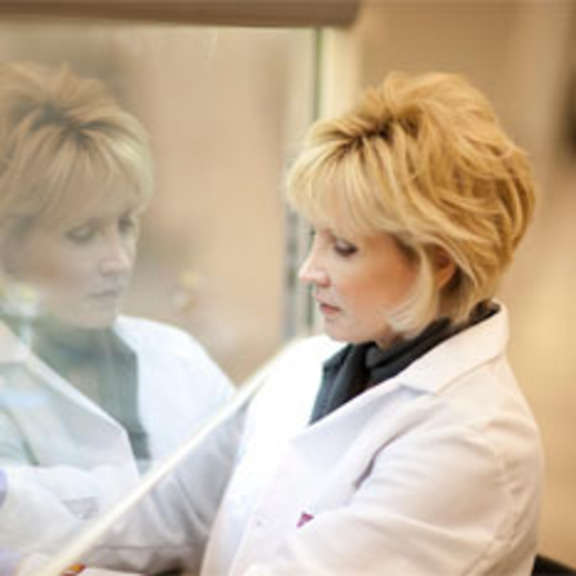Planetary Radio • Apr 08, 2014
Microbes in Orbit: Cheryl Nickerson’s Revealing Biomedical Research
On This Episode

Cheryl Nickerson
Professor for Biodesign Institute, Arizona State University
You may have heard that the sometimes deadly Salmonella bacterium becomes stronger in microgravity. That was just one of the fascinating results of experiments Arizona State’s Cheryl Nickerson and her team have conducted in low Earth orbit. She tells us why she has such passion for this work. Emily Lakdawalla tells us to look down on Mars for an amazing view of Curiosity amid the dunes. Bruce Betts says look up at the Red Planet! Bill Nye can’t believe the Cassini mission may be in budget jeopardy.
Related Links:
- Arizona State University’s Cheryl Nickerson
- Science on the International Space Station
- Icy Enceladus Hides a Watery Ocean
- Great New Image of Curiosity From HiRISE
This week's prize is the new and improved Planetary Radio t-shirt.
This week's question:
Who was the tallest astronaut to fly in space, and how tall was he or she?
To submit your answer:
Complete the contest entry form at http://planetary.org/radiocontest or write to us at [email protected] no later than Tuesday, April 15, at 8am Pacific Time. Be sure to include your name and mailing address.
Last week's question:
In what year after 2014 does the next total lunar eclipse tetrad begin?
Answer:
The answer will be revealed next week.
Question from the week before:
What major moon orbits Saturn at about the same distance our Moon orbits the Earth?
Answer:
Dione is Saturn’s major moon that orbits at about the same distance from the planet as Earth’s Moon.


 Explore Worlds
Explore Worlds Find Life
Find Life Defend Earth
Defend Earth


